I have the LM111P voltage comparator (datasheet.)
I am learning my ropes with electronics, so I am moving thru the easiest topics to more complicated ones. If I understand correctly, when I provide higher voltage to the non-inverting input of the comparator and lower to the invering one, I should get around source voltage at the output. When I do the opposite (lower on the non-inverting and higher on inverting) I should get nearly "ground" voltage.
My source voltage is 9.14V. The emitter (pin 1) is connected to ground, as well as pin 4 (Vcc-), while pin 8 (Vcc+) is connected to source "+". I also have a LED in series with protective resistor (470) connected to the collector (pin 7) to visually verify if there is indeed voltage at the output.
When I use voltage divider (10k, 1k), I provide the noninverting input with around 8.31V and inverting input with another divider (1k, 10k) with around 0.83V. The comparator works as intended - LED shines (with measured voltage almost equal to the source voltage).
I am not sure if it's related to the datasheet or I understand something wrong, but at the worst case, the switching voltage difference should be equal to around 100mV. However, when I connect different dividers:
- 1k, 10k to the non-inverting, getting around 0.83V,
- 1k, 22k to the inverting, getting around 0.42V,
and measuring the difference between non-inv and inv inputs I get (obviously) 0.83V - 0.42V ~= 0.41V, so there is indeed a voltage differential there. Even if that is the case, the comparator no longer works even though 0.83V > 0.42V - I get around 0.77V at the output.
I will be grateful if somebody can explain why it is the case, when I've read that comparators are really sensitive to even minimal voltage differences. My first though is that maybe the current is really low and that's why it doesn't work, but that's just my guess.
I attach the "template" of the circuit - it may not be 100% right (probably messed the connections of the amp or resistor placing, but I just wanted to show the principle of "working" case, just for You to see what I am dealing with (I used a part with number LM108A, because I couldn't find my part in the library - assume it's LM111P)).
EDIT: I've added some photos to show my circuit and measurements (too big to upload directly).
- inv - GND voltage 8.33V
- noninv - GND voltage 8.77V
- The circuit:



